| Comment Close Date | Statement Name | Status | Assignee(s) and | Call for Comments | Call for Comments Close | Vote Announcement | Vote Open | Vote Reminder | Vote Close | Date of Submission | Staff Contact and Email | Statement Number |
|---|---|---|---|---|---|---|---|---|---|---|---|---|
| 16.07.2013 | Consultation on the Source of Policies & User Instructions for Internet Number Resource Requests | Adopted 11Y, 0N, 3A | Lutz Donnerhacke (EURALO) | 30.08.2013 | 06.08.2013 | 07.08.2013 | 07.08.2013 | 13.08.2013 | 14.08.2013 | 07.08.2013 | Leo Vegoda leo.vegoda@icann.org | AL-ALAC-ST-0813-01-00-EN |
(*) Comments submitted after the posted Close Date/Time are not guaranteed to be considered in any final summary, analysis, reporting, or decision-making that takes place once this period lapses.
Please click here to download the PDF below.

A central part of the IANA contract is for a single organization to fulfill the following responsibilities:
Based on these responsibilities, the central administration of global resources must be operated by a non-political, non-commercial, and non-policy-making single-purpose entity. As such, it is best that IANA be charged with this task.
In order to obtain a mandate for such an organization, the responsibilities to be completed and managed by IANA should be as clearly defined, transparent, and documented as possible. Each contract, delegation, allocation, and definition must be openly listed and easily accessible.
For the end-user requesting any resource, the IANA website should contain clear documentation of how resources can be obtained. As IANA is usually not the institution to assign the resource allocation, it should point end-users to the party that is responsible for processing the requests. IANA should also provide a summary of each request process.
For the sake of transparency, IANA should provide an open and easily accessible interface that follows the thin-WHOIS approach of whois.iana.org. Each interested user must be able to understand why a resource is allocated to a registry and where the information can be found using the next level of WHOIS downstream. IANA may provide a recursive, multi-lingual web-interface resolving the deeper levels of WHOIS and provide an all-in-one access to the final end-user data that resources are assigned to. Of course this interface has to respect local laws where the data is retrieved.
The ALAC would also like to note the following four points:
Central part of the IANA contract is to provide responsibility for the following by a single organization:
The Internet can only work as an neutral transportation platform, if all end-points can access each other in a non-discriminating way. Therefore the central administration of global resources needs to be operated by a non-political, non-commercial, and non-policy-making single-purpose entity: IANA.
In order to get acceptance for such an organization, the activities should be as clearly defined, transparent, and documented as possible. Each contract, each delegation, allocation, or definition needs to be openly listed and easily accessible of the full sources, resulting in this action.
For the end-user requesting any resource, the IANA website should contain a clear documentation, how the ressource can be obtained. Because IANA is usually not the institutiuon to make the ressouce allocation, it should point the end-user to the party which responsible for processing the request. Nevertheless IANA should provide a major abstract of each requesting process. A few lines are sufficient and should be provided by the sub-registry IANA is delegation to.
For sake of transparency, IANA should provide an open and easy to access interface to following the thin-WHOIS approach of whois.iana.org. Each interested user must be able to understand, why a ressouce is allocated to which registry and where the information can be found using the next level of WHOIS downstream. IANA may provide a recursive, multi-lingual web-interface resolving the deeper levels of WHOIS and provide a all-in-one access to the final end-user data the ressouce is assigned to. Of course this interface has to respect the local laws, where the data was retrieved from.